![图片[1]-Harnessing Agricultural Drones for Sustainable Pest Management: Innovations and Best Practices-msoen](https://www.msoen.com/wp-content/uploads/2025/02/c270eb7dd0e8.jpg)
Pest infestations cost global agriculture over $220 billion annually, with chemical overuse worsening resistance and environmental harm. Agricultural drones are emerging as a game-changer, enabling precise, eco-friendly pest control. This article explores how drone technology is reshaping integrated pest management (IPM) while boosting farm productivity.
- Precision Targeting: From Broadcast to Pinpoint Spraying
Traditional crop dusting wastes up to 60% of pesticides through drift and uneven coverage. Modern spray drones solve this with:
- AI-Powered Recognition: Cameras identify pest hotspots (e.g., aphid colonies) in real time, spraying only affected areas.
- Variable Rate Technology (VRT): Adjust chemical flow from 50ml/ha to 5L/ha based on infestation severity.
- Ultrasonic Atomizers: Reduce droplet sizes to 50 microns for better adhesion, cutting chemical use by 40%.
A 2023 Stanford study found drone-targeted spraying maintained crop yields while reducing pesticide volumes by 53% in Midwest cornfields.
- Early Detection Through Advanced Sensing
Drones equipped with multispectral and hyperspectral sensors detect pests before visible damage occurs:
- NDVI Anomalies: Spot subtle plant stress caused by root-feeding nematodes.
- Thermal Signatures: Identify fungal growth in citrus groves via micro-temperature shifts.
- Laser Spectroscopy: Detect volatile organic compounds (VOCs) emitted by pest-stressed plants.
Farmers using these systems report catching infestations 10–14 days earlier than manual scouting.
- Biological Control Delivery
Drones are revolutionizing biocontrol methods:
- Predator Insect Release: Precisely disperse ladybugs or parasitic wasps over aphid zones.
- Microbial Spraying: Apply Beauveria bassiana fungi to combat locusts without harming pollinators.
- Pheromone Distribution: Create mating disruption grids to control moth populations in orchards.
Vietnamese rice farmers achieved 89% brown planthopper suppression using drone-deployed biocontrols versus 72% with chemicals.
- Drone Data for Predictive Pest Modeling
Machine learning transforms drone-collected data into actionable forecasts:
- Risk Mapping: Predict beetle migrations using historical data and weather patterns.
- Resistance Tracking: Monitor pesticide efficacy declines via repeated infestation scans.
- Treatment ROI Calculator: Compare costs of drone vs. ground spraying per acre.
- Key Features for Pest-Focused Drones
When selecting a pest management drone, prioritize:
- Spectral Sensor Range: 500–900nm for early pest detection.
- Swarm Compatibility: Deploy 5–10 drones simultaneously for large-scale outbreaks.
- Regulatory Compliance: Ensure models meet local agrochemical application laws.
- Sustainability and Cost Benefits
- Water Savings: Ultra-low-volume spraying requires 80% less water.
- Honeybee Protection: Targeted applications preserve 97% of non-target pollinators.
- Labor Safety: Reduce worker exposure to hazardous chemicals.
Conclusion: Smart Pest Control Takes Flight
Agricultural drones are redefining pest management through precision, prevention, and reduced ecological impact. By adopting this technology, farmers gain a dual victory: protecting harvests while advancing regenerative practices.
Next Steps for Farmers:
- Audit historical pest damage zones to identify priority areas.
- Partner with drone service providers for a trial season.
- Explore government grants for sustainable tech adoption.
The future of pest control isn’t on the ground—it’s airborne, data-driven, and decisively green.



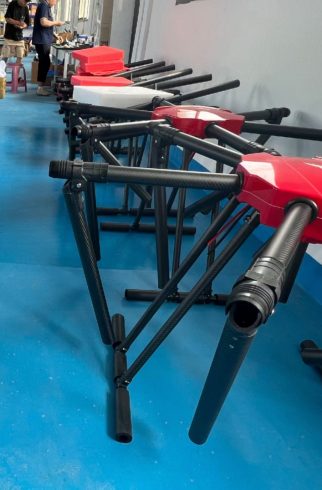
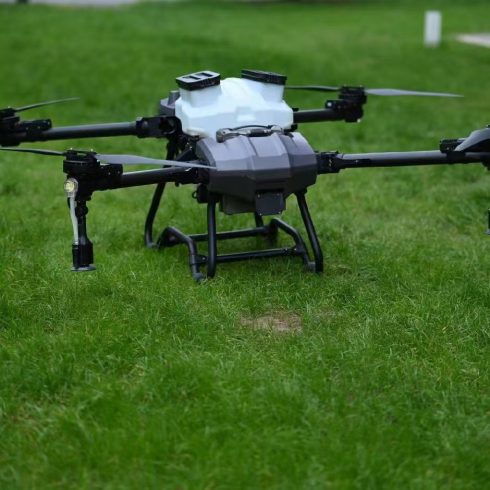

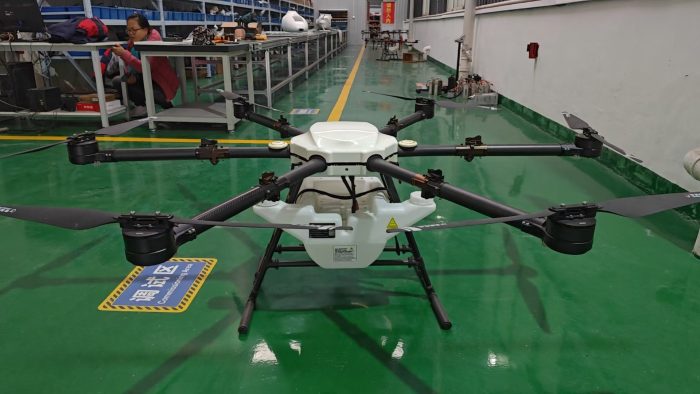
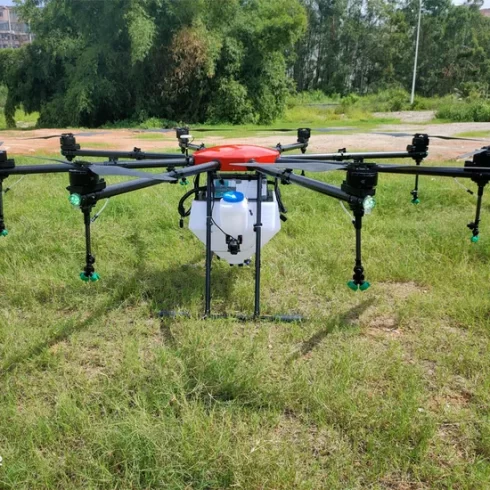
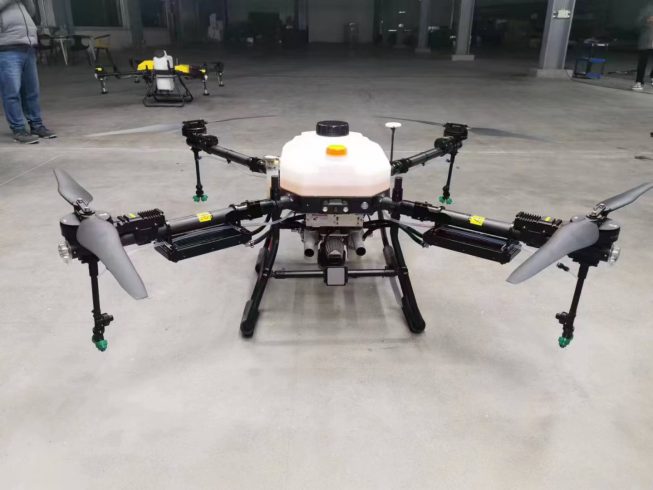

暂无评论内容